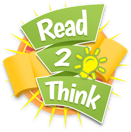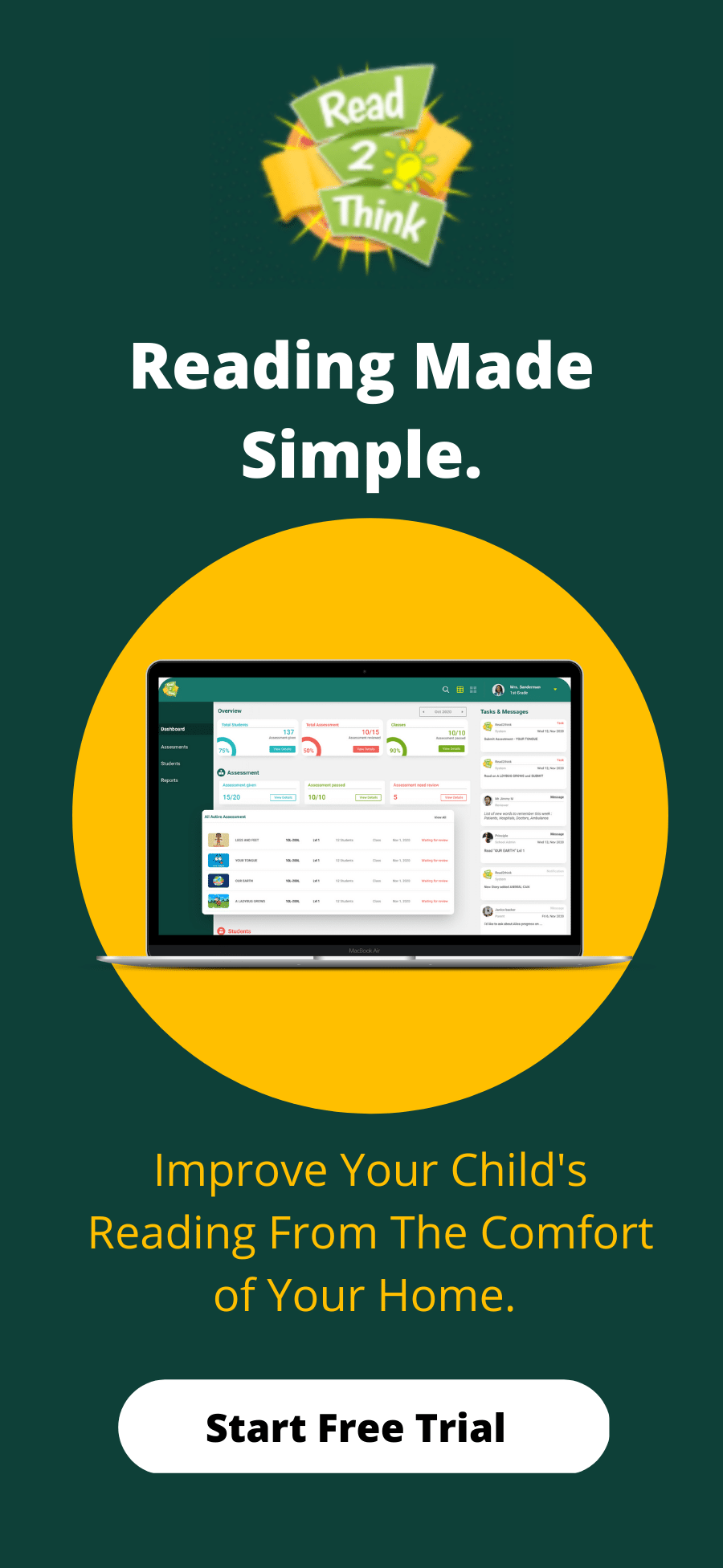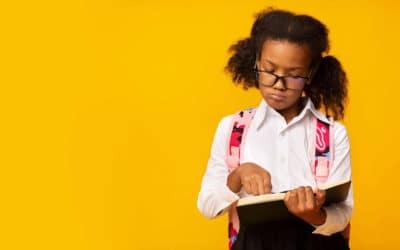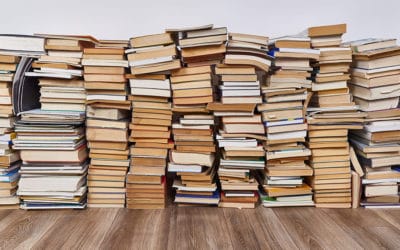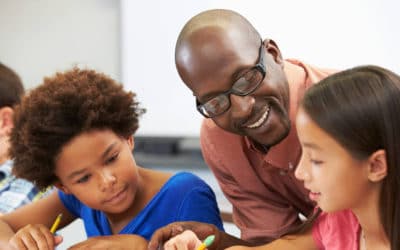- Literacy is the ability to demonstrate your language through reading, writing, speaking, viewing and listening.
- A literate learner, an individual needs the knowledge, resources, and tools to effectively utilize the language that they are attempting to learn.
What is Literacy?
When you hear the word literacy, what do you think of? If you’re like most folks, you probably think of books or high school English class. Or maybe you think of money management and the term “financial literacy”. Even thinking of technology and media and the phrase “digital literacy” may come to mind.
So What is Literacy?
According to the United Nations Educational, Scientific and Cultural Organization (UNESCO), literacy is defined as “a means of identification, understanding, interpretation, creation, and communication in an increasingly digital, text-meditated, information-rich, and fast-changing world.” So by that definition, just focusing literacy efforts on learning to read is not enough to combat the literacy gap facing communities and learners today.
A literate learner is an individual who can understand, explain, interpret, and implement the language for a variety of uses. Literacy is more than the book. Literacy encompasses: Reading, Writing, Listening, Speaking, and Viewing (which we’ll break down section-by-section later on).
What Do The Experts Say?
According to the National Board for Professional Teaching Standards, [Literacy is to] “make connections between reading and the other language arts by integrating speaking, listening, writing, and viewing with reading instruction. [Literacy] also fosters critical reading of texts across the content areas by extending and enriching opportunities for students to read multiple genres across the curriculum.”
To be a literate learner, an individual needs the knowledge, resources, and tools to effectively utilize the language that they are attempting to learn. A literate learner should have a strong grasp of technology use. In our digital world, readers need to know that literacy is beyond their own household, and that information shifts and changes every single day. This makes it highly necessary for literate learners to use technology to support their thinking and interpretation.
However, because there are a variety of ways to incorporate literacy into a student’s day-to-day experience, some students may find that their literacy in one area of the topic is stronger than in another area.
For example, a student that is drawn to animation, comic books, and visual storytelling but isn’t able to focus when reading an assigned chapter book isn’t a poor reader or illiterate. Their area of interest and strength just may not be in the Reading track of literacy but rather fall within the category of Viewing.
The Duty of Educators
Therefore, it is the duty of educators, administrators, and parents to assess, instruct, provide resources, refine teaching, and differentiate their instruction methods to reach all students where they are at in their literacy skill-building. Some of these resources include: cultural competencies to better engage students from a wide diversity of backgrounds, enhancing the learning environment for students to encourage literacy development, and the ability to build and introduce connections between the various types and interpretations of literacy as part of a holistic approach to the language arts.
In order to ensure that students are developing well-rounded and balanced literacy skills, it is important to incorporate not only Reading and Writing, but the additional aspects of literacy, including Listening, Speaking, and Viewing. Some examples of each facet of a holistic approach to literacy include:
Reading:
Reading encompasses not only your standard books and novels but also poetry, word walls, motivational posters, articles, and written media.
Writing:
The importance of writing as a form of literacy is to help students to explain their ideas and thoughts through written communications. This step in literacy is also vital to helping students to develop their own sense of voice and agency in their ideation. Writing can include completing a chart for a classroom project, writing an essay on a topic to share thoughts, or even posting on social media and the Internet.
Listening:
While sharing thoughts is a necessary factor in literacy development, being able to listen, understand, and respond when others are speaking or sharing their own perspectives is equally as required. We’ve all heard the term “active listening”, which is the act of listening to understand rather than listening to respond. Active listening is a form of literacy in and of itself, due to the need for students and educators alike to be able to listen to what is being said and internally process that information. Examples of listening in literacy education include: listening to a poetry reading or spoken word, listening to podcasts sharing information on various topics, and listening to music to interpret an artist’s thoughts.
Speaking:
Speaking is a necessary factor in literacy development, due to the need for students to be able to vocalize their thoughts on the content they are taking in. Some forms of speaking in literacy skill-building include commenting effectively on information being introduced, engaging in conversations and discussion about texts, and being able to speak in public about a topic or issue.
Viewing:
Viewing may be the factor of literacy skill-building that comes to mind the least. This area of literacy includes viewing, analyzing, and interpreting visual media, including photographs, logos, movies, or advertisements. By encouraging the development of a student’s viewing skills, educators can contribute to a holistic view of literacy skill-building, and allow students to build context for their learning through a variety of content streams.
